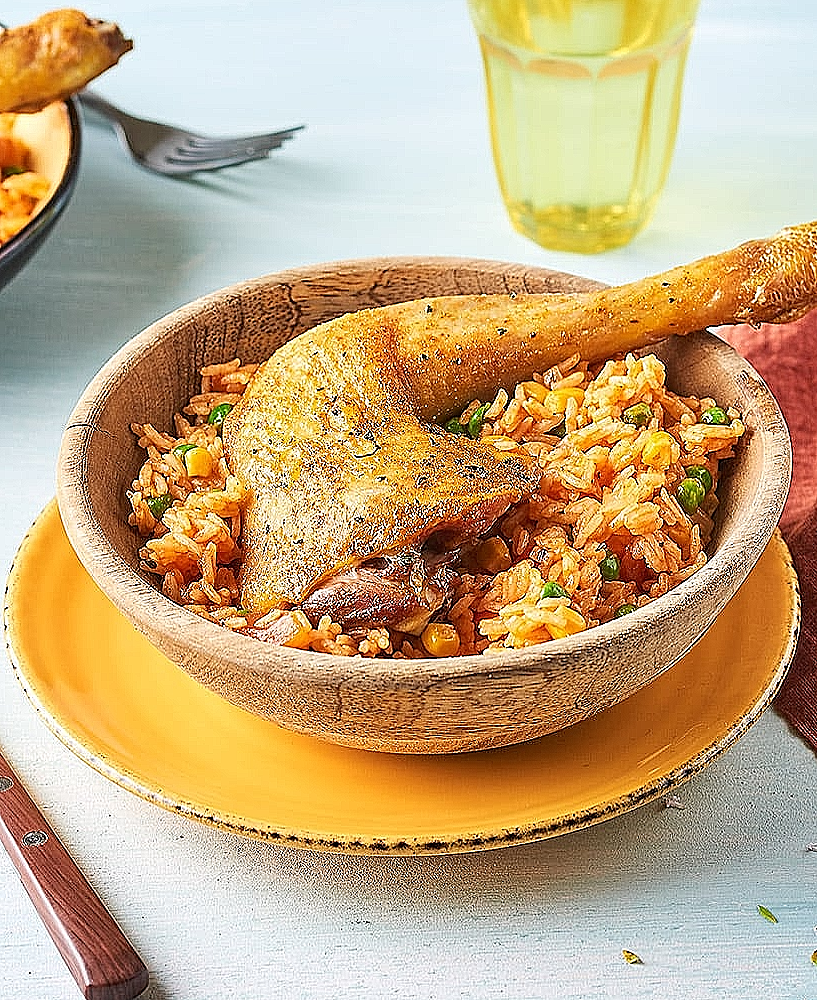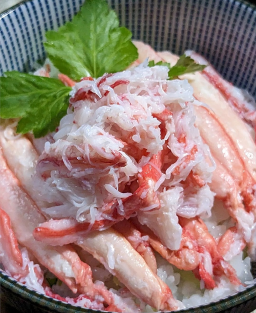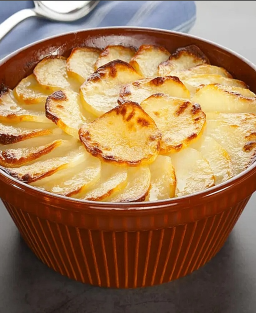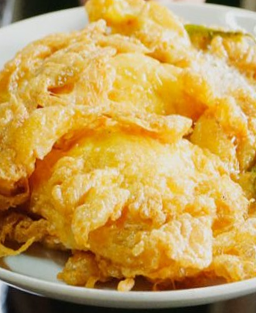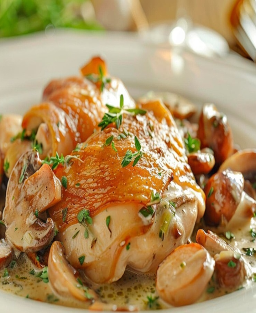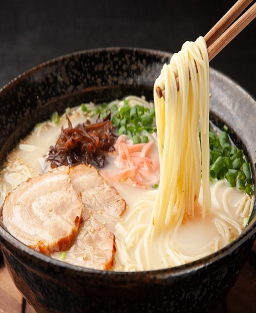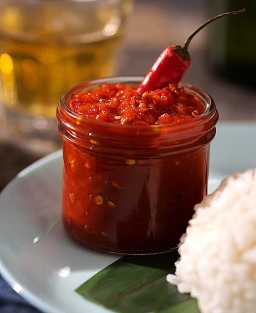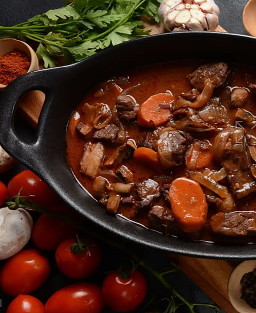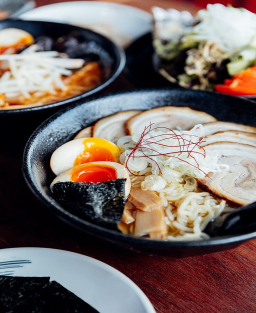- Out-of-Stock
Riz au Gras or Jollof Rice with Chicken, Authentic Wolof Recipe from West Africa Ancient Wolof / West African version
Riz au Gras or Jollof Rice with Chicken, Authentic Wolof Recipe from West Africa
Ancient Wolof / West African version
Ceebu Jen ak Njàngaleer, soppi bu jëm ci Wolof ak Afrik Boroom
(Rice with oil and chicken, authentic Wolof and West African recipe)
The Traditional Jollof Rice with Chicken Recipe
Jollof Rice is an iconic dish of West Africa. The traditional recipe uses fresh tomatoes as the main ingredient for the sauce. Since ancient times, long before the industrial era, ripe local tomatoes were crushed or ground with garlic and onions to create a red sauce base that gives the dish its characteristic flavor.
Unlike modern versions, this ancestral recipe does not include canned tomato paste or industrial peeled tomatoes. Slow cooking of fresh tomatoes in local oil, such as peanut or palm oil, helps develop rich, deep aromas.
In some regions or seasons where tomatoes are not available, other local ingredients may be used to add color and flavor, but fresh tomato remains the traditional base of Jollof Rice.
Origins
"Jollof Rice" gets its name from the old Wolof Empire (or Djolof) and is a West African specialty originating from the Sahelian savannah. Originally, it was a communal dish made with rice cooked in a spicy tomato sauce, enhanced with local vegetables and often chicken or fish. It is traditionally prepared for major occasions, ceremonies, celebrations, and family meals.
What the Traditional Version Does NOT Include:
-
No Maggi cubes or industrial broth
-
No canned tomato paste
-
No imported fragrant rice (basmati, jasmine)
-
No refined vegetable oil
-
No European vegetables like red bell peppers or canned peas
Traditional Ingredients (for 4 to 5 people)
For the chicken:
-
1 farm chicken, cut into pieces
-
Salt
-
Whole or crushed chili (to taste)
-
2 to 3 crushed garlic cloves
-
1 small piece of grated ginger (optional)
-
Juice of one lemon (optional for marinade)
For the sauce:
-
5 to 6 fresh, ripe, peeled tomatoes
-
2 local onions (or African shallots), sliced
-
1 to 2 garlic cloves
-
2 to 3 tablespoons peanut oil or palm oil (depending on region)
-
1 whole chili (optional)
-
Bay leaves, salt
For the rice:
-
2 cups local rice (broken rice or African red rice if possible)
-
Chicken cooking broth or water
-
Seasonal local vegetables (cabbage, carrot, cassava, bitter eggplant, depending on availability)
Traditional Preparation
Preparing the chicken:
Rub chicken pieces with salt, garlic, and a bit of ginger. Marinate for an hour if possible. Brown in a little oil until slightly colored. Add a bit of water, cover, and cook over medium heat until tender. Reserve the broth.
Preparing the sauce:
Crush tomatoes, garlic, and one onion (using a mortar or by hand). Heat oil in a clay or cast iron pot. Sauté the other onion until slightly caramelized. Add the crushed tomato mixture, chili, and simmer gently for 15–20 minutes. Season with salt and add bay leaves.
Cooking the rice:
Wash the rice thoroughly. Add it to the sauce. Pour hot chicken broth to cover the rice (about one finger above the rice). Add whole or large pieces of vegetables on top (optional). Cover tightly and cook on low heat until the liquid is fully absorbed and the rice is tender.
Final cooking:
When the rice is nearly done, add the chicken pieces back into the pot to soak up the sauce. Continue cooking for another 10–15 minutes.
Traditional Tips
-
In some rural areas, if tomatoes are unavailable or out of season, local red peppers or reduced red hibiscus juice (bissap) are sometimes used to color and flavor the sauce.
-
Palm nut pulp or paste (red palm oil) is used in some regions to give a reddish color and rich flavor, similar to tomato sauce but thicker and more aromatic.
-
Local red peppers (sometimes smoked or dried) mashed with hot chilies create a spicy sauce base.
-
Rice may sometimes be cooked in a highly reduced broth made from bones, local aromatics, onions, garlic, ginger, and greens for a simpler dish without the red color but with strong flavor.
-
Peanut paste is occasionally added in some variations or regions to thicken and flavor the sauce, especially when tomatoes are scarce.
These substitutions depend greatly on local traditions, seasons, and ingredient availability. The dish retains its social and festive role even if its appearance and flavor vary slightly.
Traditional Serving
The dish is served in a large communal plate, eaten by hand or spoon, often sitting in a circle. It is sometimes accompanied by separate chili sauce or local raw condiments like pickled onions or fresh leaves.
Culture and Symbolism
Riz au Gras (Fat Rice) is a symbol of hospitality in West Africa. Often prepared by mothers or grandmothers during important ceremonies, it represents a moment of sharing and conviviality. Each community has its variations, but the base remains rice slowly cooked in a homemade tomato sauce with rich, authentic flavors.











